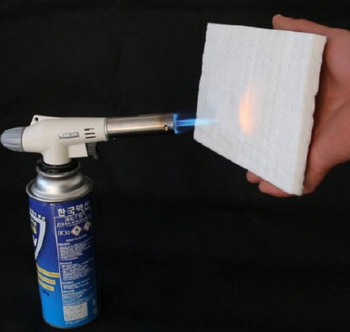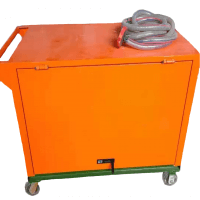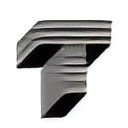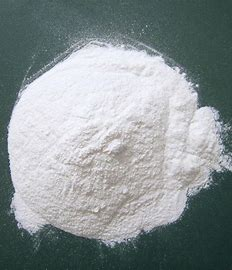Professional solutions on concrete addtives, Concrete Foaming Agent, Superplasticizer, CLC Blocks Additives, and foaming machine
(What is Cellular lightweight concrete)
What is Cellular lightweight concrete
Cellular Light Weight Concrete (CLWC) is a relatively new material having cementitious properties, incorporated with mechanically entrained foam in the cement-based slurry or mortar, which can be manufactured in varying densities ranging from 300 kg/m³ to 1850 kg/m³. CLWC, a fairly new material as compared to conventional concrete, has become a more popular material in the construction industry. In this study, the cubes are cast for different target densities 800 to 1000 kg/m³, 1000 to 1200 kg/m³ and 1200 to 1400 kg/m³ by varying the fly ash content from 50% to 80% at the interval of 5% and a corresponding decrease in cement content 50% to 20%. The water content of all mixes is kept constant at 40% of the weight of cement and fly ash combined. The porosity of lightweight foamed concrete is higher for high density as the temperature increases from ambient to up to 600oc. In contrast, the changes in porosity for lower densities of lightweight foamed concrete are more moderate. The compressive strength of lightweight foamed concrete decreased with temperature. The material lost the absorbed water, free water, and chemically bound water; due to this lost water, micro-cracking developed, which resulted in a reduction in compressive strength. The loss of mechanical properties of lightweight foamed concrete, found at higher temperatures. Also, the results demonstrate the loss of stiffness at elevated temperature occurs predominantly after about 90oc, regardless of densities.
Evaluation of Properties of Cellular Light Weight Concrete
Cellular lightweight concrete, as indicated by its name, the concrete having self-weight lighter than conventional concrete. This provides almost similar strength to normal strength concrete having lower grades. Lightweight concrete is defined as concrete having a density (air-dry) below 2000 kg/m³ as compared to normal concrete with a density in the region of 2350 kg/m³. The concept behind the manufacturing of the CLWC is to create a porous microstructure by entrapment of air bubbles in the concrete mix. This can be done by adding preformed foam or chemical surfactant, which reacts during the mixing to create air bubbles in the mix. The air bubbles continue their size and shape and remain stable for the period of the setting process. The diameter of air bubbles ranges from 0.1 and 1 mm. The “skin” of voids or bubbles must be able to withstand mixing, transportation, and compaction. These air bubbles give foamed concrete its lightweight property. As there is no coarse aggregate used in CLWC, the term concrete is strictly speaking inappropriate. Mechanical foaming can be done in two principal ways. The most commonly used foaming agents are based on protein hydrolyzed or synthetic surfactants. They are formulated to produce air bubbles that are more stable and able to resist the physical and chemical forces executed during mixing, placing, and hardening.
The production of Lightweight Foam Concrete
The foam produced from protein-based surfactants has a smaller size bubble and is more stable. Therefore, protein-based surfactants would be best suited for the production of Lightweight Foam Concrete of comparatively high density and high strength. The stability of foam depends on its density and the type of surfactant. The foam has to endure the pressure of the cement paste or mortar mix and the chemical environment of the concrete until the concrete gets set and strong enough to maintain the structure. The long-term compressive strength of foamed concrete, 28 days, and 1-year compressive strength is the function of dry density. Using the higher content of fly ash does not affect the long-term compressive strength of well-cured foamed concrete. Higher portions of fly ash in the foamed concrete need a longer period to reach their ultimate strength. Also, the strength obtained from this could be higher than the strength that can be achieved by using cement only. The optimum strength of foamed concrete is achieved by increasing the ash content by replacing cement up to 75% by weight. In foamed concrete, High ash content results in a reduction in compressive strength at an early age. Also reduced the rate of hydration, but the long-term compressive strength was improved by using 75% of ash content replacing cement. The optimum content of ash is age-dependent, although porosity also affects the strength of the foamed concrete.
Price of Cellular lightweight concrete
Cellular lightweight concrete particle size and purity will affect the product's Price, and the purchase volume can also affect the cost of Cellular lightweight concrete. A large amount of large amount will be lower. The Price of Cellular lightweight concrete is on our company's official website.
Cellular lightweight concrete supplier
If you are looking for high-quality Cellular lightweight concrete, please feel free to contact us and send an inquiry. (sales@cabr-concrete.com). We accept payment via Credit Card, T/T, West Union, and Paypal. TRUNNANO will ship the goods to customers overseas through FedEx, DHL, by air, or by sea.
(What is Cellular lightweight concrete)








